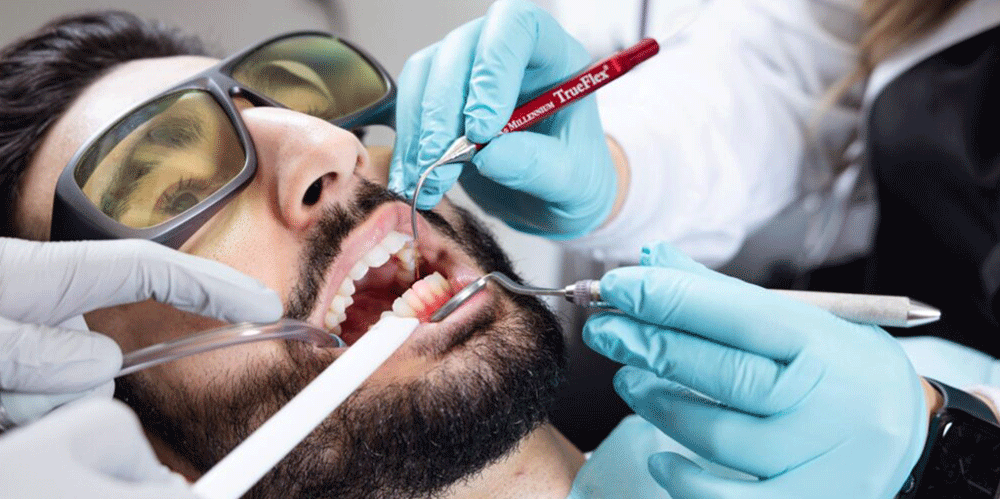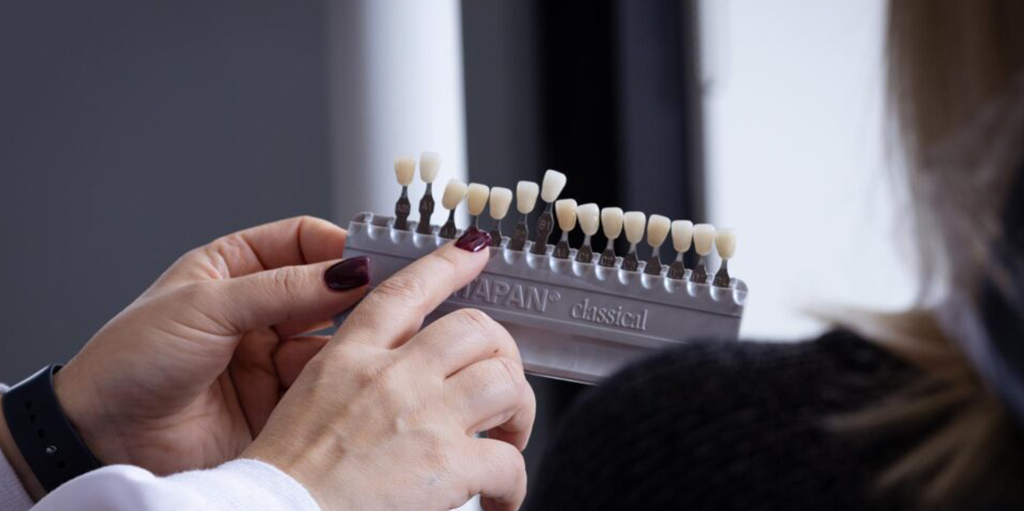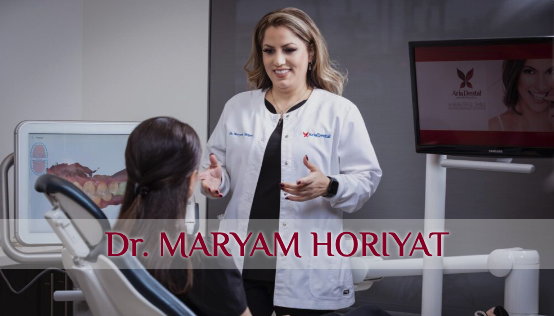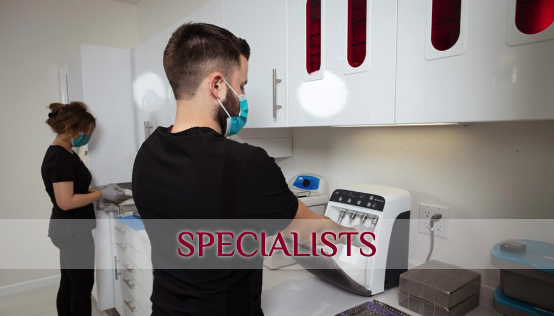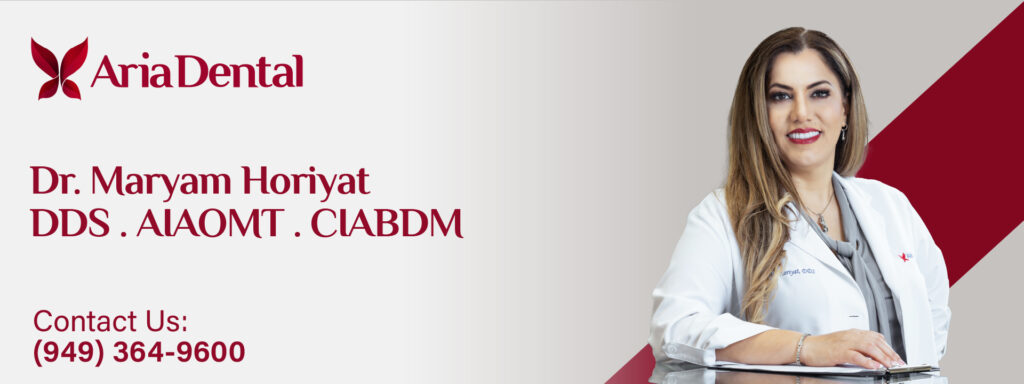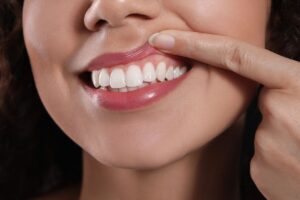Ozone therapy has been a boon to dentistry. The use of O3 has opened new doors in the field of holistic dentistry and oral treatment. This therapy has been widely used for more than a decade to treat oral conditions because of its versatility and biocompatibility, its anti-inflammatory, non-invasive nature and the relative absence of side effects or adverse reactions.
Dental procedures expose you to a wide range of bacteria. The oral cavity itself is also an ecosystem that can act as a hotspot for bacteria. To control infection and avoid contamination, modern dentistry has employed ozone dental therapy as an effective treatment alternative to traditional methods.
As a support for conventional dental treatments ozone dental therapy offers many advantages. Ozone is perfect as a preventive measure against future decay and dental damage. It eliminates the use of drills and anesthetics, kills bacteria in cavities, whitens discolored teeth, and reduces inflammation and sensitivity. Ozone is an ideal treatment alternative for you due to its non-invasive nature and lack of distress.
Ozone (O3) is a colorless natural gas made up of three oxygen atoms, proven to be a powerful oxidizing agent for medical sterilization. It can kill almost 99% of bacteria and viruses in no more than ten seconds. Ozone therapy is a versatile bio-oxidative treatment in which oxygen/ozone is administered via gas or dissolved in water or an oil base to yield therapeutic benefits.
The role of Ozone in dentistry mainly relies on its antimicrobial effects and treatment of jaw conditions.
Ozone Generation
A strategy known as the corona discharge method is used to generate controlled production of high ozone concentration. In this process, the medical-grade oxygen is made to flow through high voltage tubes of pure oxygen and pure ozone.
Modes of Ozone Administration
Dentistry takes advantage of ozone in three forms: Gaseous, ozonated water, and ozonated oils such as ozonated olive or sunflower oil used as a thick gel containing ozonides.
The ozone gas is administered through a silicon cup adjusted over your tooth for a minimum of 10 seconds. Ozone’s negative charge is naturally attracted to areas where there is infection and inflammation. The ozone in the silicone cup is then recollected to be converted to oxygen through a specific mechanism.
Ozone water irrigation is employed for stomatitis, herpetic lesions, and periodontal infections, while insufflation is utilized for treating decay, periodontal diseases, and endodontics.
Mechanisms of Action
Ozone therapy has been proven effective in oral treatments:
- As a disinfectant with sterilizing properties, ozone has been used to eradicate bacteria, viruses, fungi, and protozoa.
- It produces anti-inflammatory and immune responses as a cytokine inducer.
- It is sometimes employed for its hemostatic effects in cases with irreversible platelet aggregation.
- It can accelerate wound healing and improve oxygen supply by encouraging the production of free radical scavengers.
- It is utilized because it is biosynthetic and activates the metabolism of carbohydrates, proteins, and lipids.
Ozone has developed into a new non-invasive means of dealing with dental concerns. It has been used in oral medications and various treatments to target tissue lesions, aphthae, cuts, cysts, and traumatic wounds.
Ozone therapy was discovered to accelerate wound healing by stimulating oxygen release due to vasodilatation. This therapy has also been beneficial as an adjunct to treatment with antibiotics, surgery, and hyperbaric oxygen for treating the refractory osteomyelitis and osteonecrosis of the jaw.
Dentistry benefits from this technique in implantology where ozone helps to regenerate bones.
In implantology, ozone is applied into the socket for a duration of less than a minute, followed by the implant placement. Ozone will disinfect, destroy fungi and bacteria, and enhance bone regeneration. Studies have reported similar promising results in cases of peri-implantitis.
Ozone is used in periodontics to control micro-organisms in dental plaques and reduce the plaque index, gingival index, and bleeding index. Ozone gas has been employed in prosthodontics as it has clinically been proven helpful for disinfecting dentures and other removable dentures alloys without compromising their physical properties like reflectance, surface roughness, and weight.
Ozone can help in endodontics. Whether as ozone gas, ozonated water, or ozonized oil, O3 has been reported to be advantageous in endodontic therapy.
Ozonated water can be operated as an intracanal irrigating solution to improve tissue regeneration and healing. Ozonated oils are more efficient in canal sterilization than conventional irrigation.
Ozone therapy also increases the scope of nonsurgical management of periapical lesions.
Ozone, usually in the form of ozonized olive oil gel, also helps in orthodontics: Conventional orthodontic therapy demands brackets to be bonded to the enamel surface with a bonding material, hence causing diffuse opacity of enamel as well as white spot lesions. These lesions can reach all the way beneath the area where brackets are bonded. Proper enamel demineralization prevention is required in orthodontics before bracket placement. The ozonized oil gel helps reduce enamel demineralization around orthodontic brackets. Pretreatment of enamel with prophylactic ozone slightly increases the shear bond strength of the connected orthodontic brackets.
Ozone therapy helps in pedodontics when dealing with children. Treatment with ozone is swift, atraumatic, effective, and painless. It ensures better compliance and acceptability, making it an ideal choice for pediatric patients.
Many studies have shown that utilizing ozone therapy in ministering dental caries is considerably practical for treating pit and fissure caries, root caries, and interproximal caries. It works by oxidizing the pyruvic acid made by cariogenic bacteria. The treatment provides an alternative solution to the traditional approach of drilling and filling for non-cavitated lesions.
Ozone treatment is also believed to be effective in remineralization of initial fissure caries lesions.

Clinical Applications of Ozone in Dentistry
Dental ozone can be applied in the form of gas, water, or oil to target several distinct dental concerns in order to beat infections, control bleeding, cleanse wounds in bones and soft tissues, improve faster recovery by stimulating the local supply of oxygen to the target area, and increase the metabolic processes related to wound healing by increasing the temperature in the wound area.
- Wound healing: Micromorphological examinations of the wounds in the oral mucosa show an acceleration of healing and earlier wound closing with ozone therapy.
- Dental caries management: When the bacteria responsible for decay were subject to ozone, there was a significant reduction in their number. Owing to its antibacterial properties, ozone can help prevent small cavities from growing larger. Besides, ozone can help disinfect areas of decay underneath tooth restorations.
- Dentin hypersensitivity: Dentin hypersensitivity is a condition that can generate intense and short pains. The disease is caused by dentin when exposed to thermal, tactile, chemical, or osmotic stimuli. It may lead to discomfort after the incentives are removed. Dentin is porous throughout the tubules; once the dentinal fluid movement grows, it leads to sensitivity. Studies have shown an average of 55% decrease in pain level after dental ozone treatments.
- Dry Socket: Once applied following the extraction process, ozone therapy decreases the occurrence of dry sockets because of its healing and disinfectant properties.
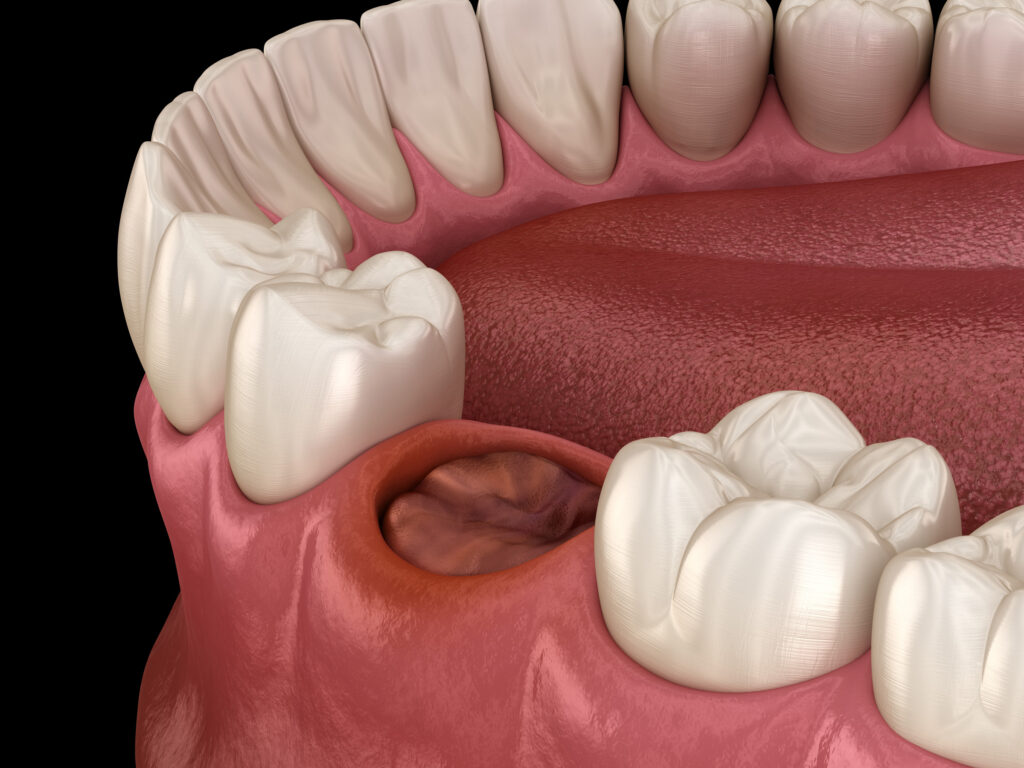
- Oral lichen planus: Lichen planus is an inflammatory disorder affecting the oral mucous membranes with patches, swollen lesions, and open sores in the gum. Gaseous ozone has shown its potential to replace steroid treatment. It helps improve wound healing after radiotherapy, which has beneficial developments in resolving the conditions.
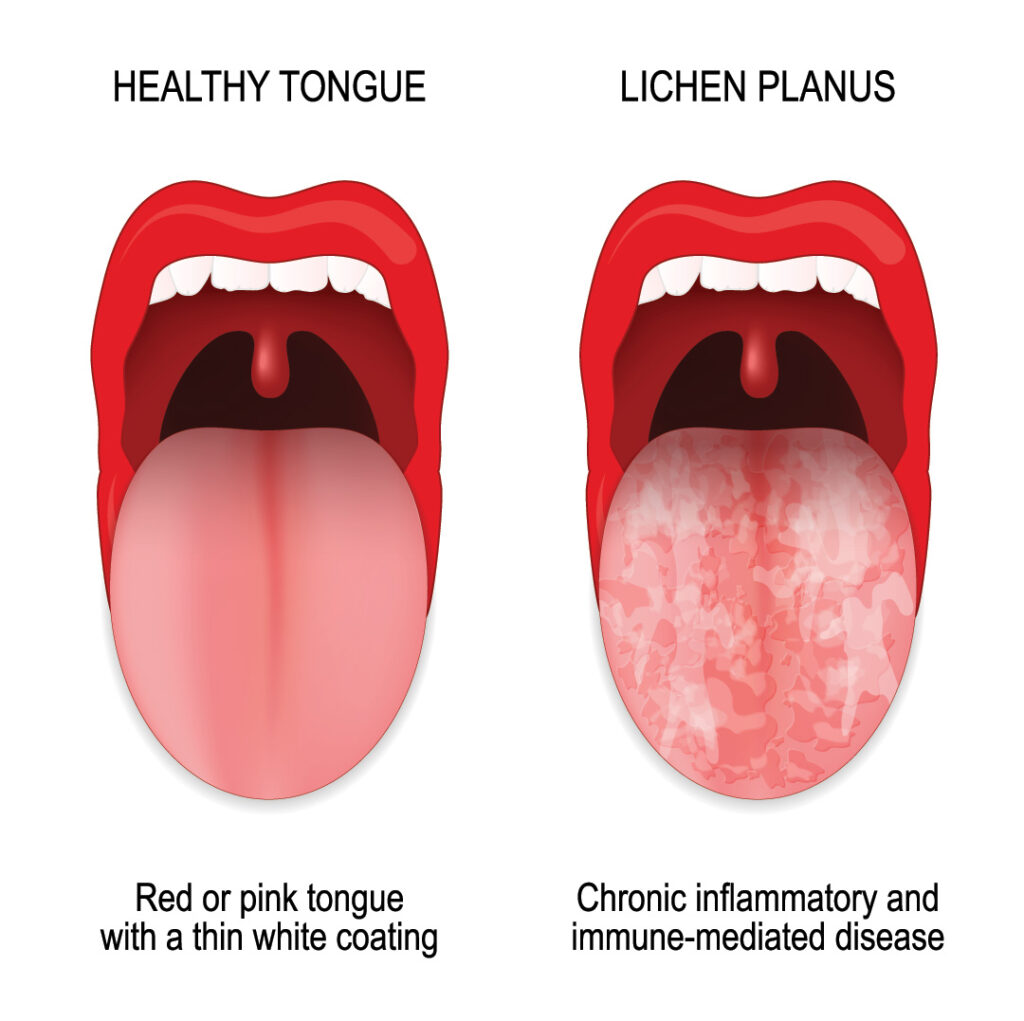
- Herpetic infections: The combination of the orthodox antiviral agents with ozone therapy and topical application of ozonated oil can help manage oral-facial herpes caused by HSV-1.

- Ozone in prosthodontics: Stomatitis is one of the most common dental concerns. Ozone bubbles with a concentration of 10 ppm applied in the denture cleanser will ease the concerns.
- Periodontal problems: Gingivitis and periodontitis are among the most common periodontics concerns, known as the primary grounds for tooth loss. They can also cause other issues such as sensitivity, swelling, tenderness, loose teeth, or bleeding. Irrigation with ozonated water is an effective method to help patients suffering from aggressive periodontitis by reducing pocket depth, plaque, gingival indices, and bacterial count.
- Halitosis: Halitosis, also known as bad breath, is sometimes caused by the bacteria in the oral cavity. As the main cause of caries, these bacteria may lead to oral malodor by forming volatile sulfur compounds. Thanks to its antimicrobial properties, ozone acts as a disinfectant and can be quite successful in killing the microbes and minimizing the bad smell.

- Temporomandibular joint conditions: The temporomandibular joint is a hinge affixing your jaw to your temporal bone in the skull. Regular ozone application to the TMJ region using special probes helps control inflammatory disorders and TMJ dysfunction by increasing muscle and cartilage oxygenation. According to studies, intra-articular ozone gas injection can resolve internal derangement of the temporomandibular joint.
- Teeth whitening: Since ozone is highly oxidative, it has yielded amazing results in teeth whitening, also known as bleaching. Reports indicate that teeth bleached with ozone are much whiter than about 40 percent of teeth bleached with H2O2.
Other benefits of ozone in dentistry include periodontal pocket disinfection, pain control, elimination of bacterial pathogens, infection control, osseous disinfection, endodontic treatment, and tissue regeneration.
Treating patients with Ozone decreases the time for dental treatments, eliminates infections and bacteria more effectively, and increases patients’ acceptability and compliance.
Ozone also seems to be a promising treatment modality for various dental problems in the future. Ozone therapy is one of the trendy dental techniques we have invested in at Aria Dental. We believe in making use of what nature offers us, and incorporate diverse ozone therapy applications instead of pharmaceutical medications to make a remarkable difference in your oral and overall health.
The medical ozone we use comprises the purest form of oxygen and ozone. We set the ozone concentration to high levels to achieve the best results.



